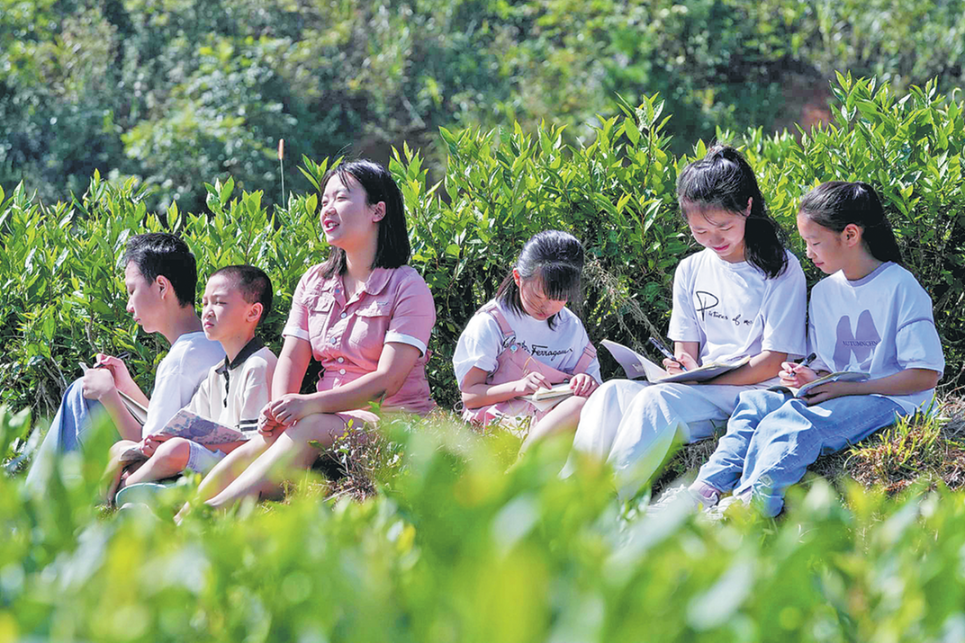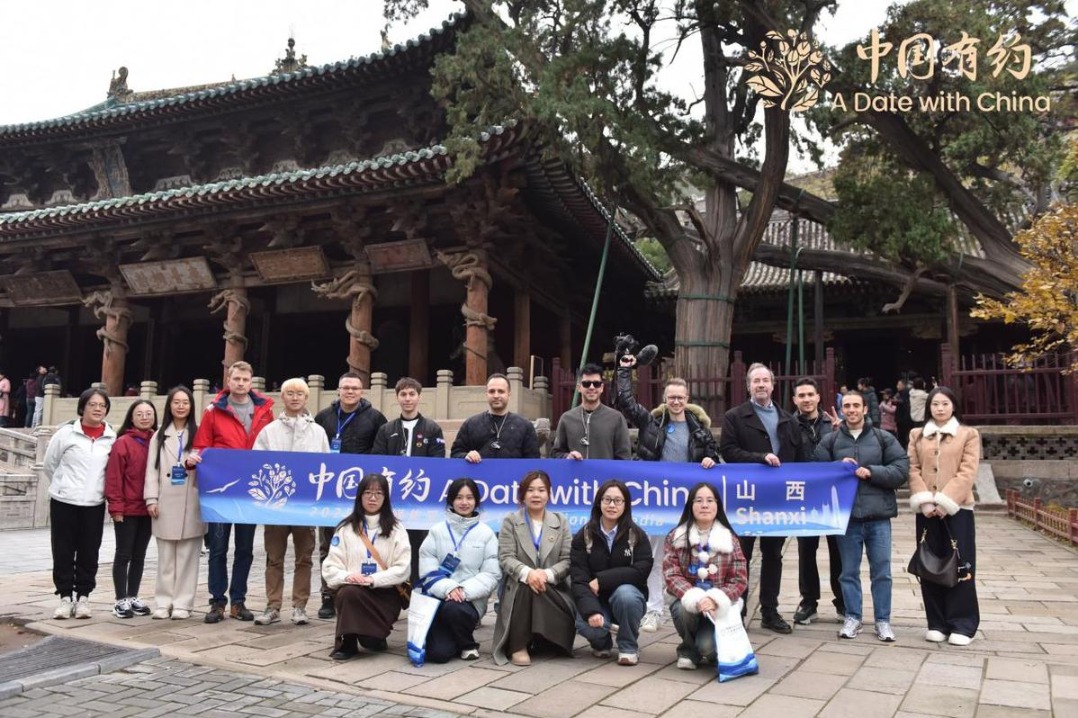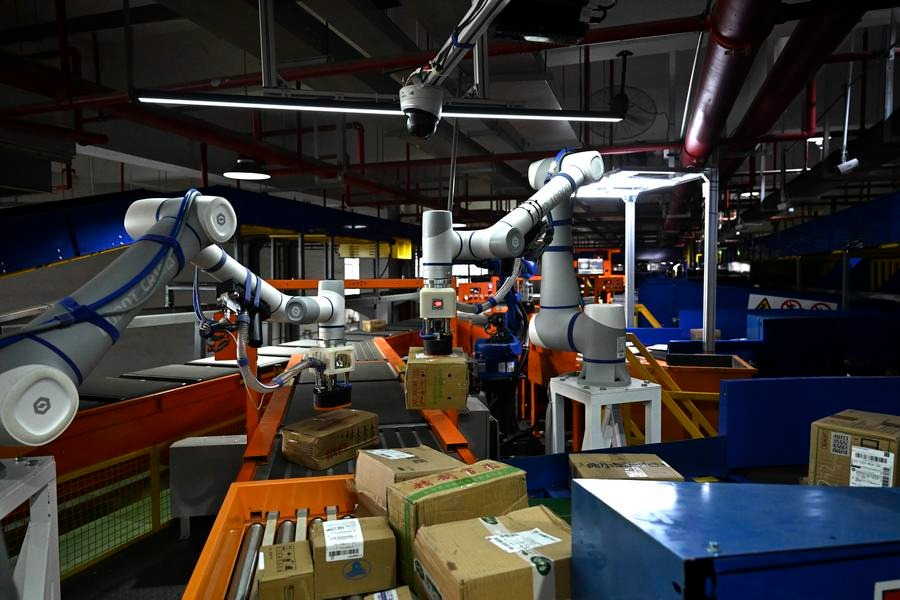Land policy change precursor to reform and opening-up

Editor's Note: China is striding firmly toward its target of eliminating absolute poverty by the end of this year. What factors are behind the imminent success of this mission? In the first of a series of articles, a senior journalist of China Daily tries to find the answers.
When the COVID-19 pandemic broke out early this year, and cities and towns, one after another, had to be locked down and production lines closed, I realized we were in for big trouble. As a longtime observer and a participant in China's poverty alleviation campaign, my top concern was whether China would postpone or stick to its original target of eliminating absolute poverty by the end of this year.
To my great relief, even when the whole nation was following strict measures and the economy had all but come to standstill in the first quarter, the Central Committee of the Communist Party of China emphasized that its original goal of eliminating abject poverty by the end of 2020 would not change, reflecting the nation's determination to defeat the monster of poverty at all costs.
The monster has been haunting the land of China for too long.
By studying the records or reading between the lines of 5,000 years of China's history, one would find not only the rise and fall of dynasties, battle skills and beautiful poems but also miserable poverty caused by floods, droughts and wars. Even in the heydays of the Han (206 BC-AD 220) and Tang (618-917) dynasties when China was a prosperous country, poverty frequented this land, as depicted in poems from those periods. In fact, the downfall of dynasties was mostly caused by poverty leading to farmers' rebellions and revolutions.
When the CPC was formed 99 years ago, idealistic communists including Mao Zedong and Zhou Enlai aimed to improve the lives of the poor by giving each peasant family a plot of cultivable land. In a sense, that was the beginning of the CPC's poverty-alleviation work. Backed by millions of poor farmers who were allotted a piece of land by the CPC and determined to defend their hard-earned rights, the CPC was able to defeat the Japanese invaders and Kuomintang rulers before establishing the People's Republic of China 71 years ago.
To fulfill its original goal of lifting all Chinese people out of poverty, New China has been making undaunted efforts since its establishment. In the early 1950s, it was the land reform that ensured each peasant had a plot to till.
In the late 1950s, believing that small-scale farming led to low efficiency and low yield, the people's commune system was introduced. Small plots of individual families were joined together, sometimes not voluntarily, and turned into big farms tilled by tractors or groups of farmers. Farmers were supposed to work on the collectively owned land and get their portion of the harvest. Unfortunately, that model led to even lower efficiency.
Still fresh is my early-age memory of desperately looking for a cake of tofu or a bottle of soy sauce which were rationed and difficult to get in my hometown of Xi'an. While attending a boarding language school in the capital of Shaanxi province, my classmates and I would often wake up at midnight because of hunger. On such occasions, we chatted throughout the night, waiting for daylight to bring us our quota of 100 grams of food for breakfast.
Life was even harder for farmers at that time. In provinces such as Henan and Anhui, after a year of toil, a farmer could hardly get enough food to survive for even half a year. As a result, millions of farmers had to leave their homes to seek work or beg in the cities. In the square outside Xi'an railway station, I saw more beggars than passengers.
Soon after the "cultural revolution" (1966-1976), China's new leadership headed by Deng Xiaoping, who was known for "seeking truth from facts", decided to abolish the people's commune system. At that time, statistics showed more than 700 million Chinese were living in poverty.
To meet the needs of farmers, the commune-owned farmlands were returned to each farming household. Thanks to the hard work and enthusiasm of the farmers, the crop yield doubled within a few years. Once the farmers had more than enough rice in their bowls, they sold the surplus to the State-owned granaries or in the market to get some cash to improve their lives. And when the country was assured of enough stocks of food grains in the mid-1980s, it eventually abolished the decades-old food ration system, and urban residents no longer had to depend on the small rations of food, cooking oil and meat to survive.
It can be said without exaggeration that the policy change in the late 1970s not only enabled hundreds of millions of farmers to emerge out of poverty, but also laid a foundation for reform and opening-up which are now being further advanced.

The author is former deputy editor-in-chief of China Daily.
Today's Top News
- Envoy: Japan not qualified to bid for UN seat
- Deforestation is climate action's blind spot
- Japan unqualified for UN Security Council: Chinese envoy
- China, Germany reach outcomes after discussions
- Chinese cities dominate global science hub rankings
- Japan's tourism battered as Chinese travelers cancel trips






























